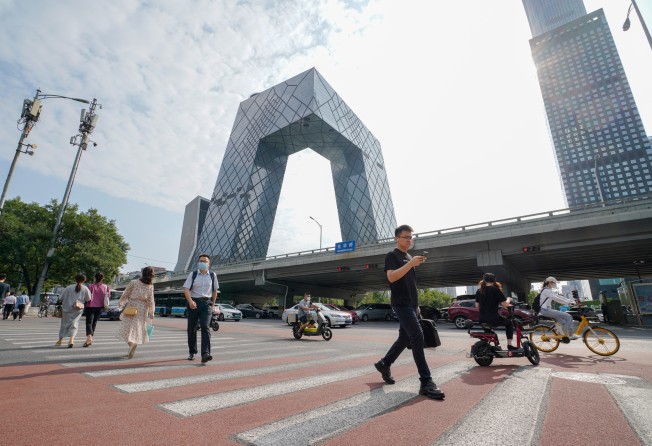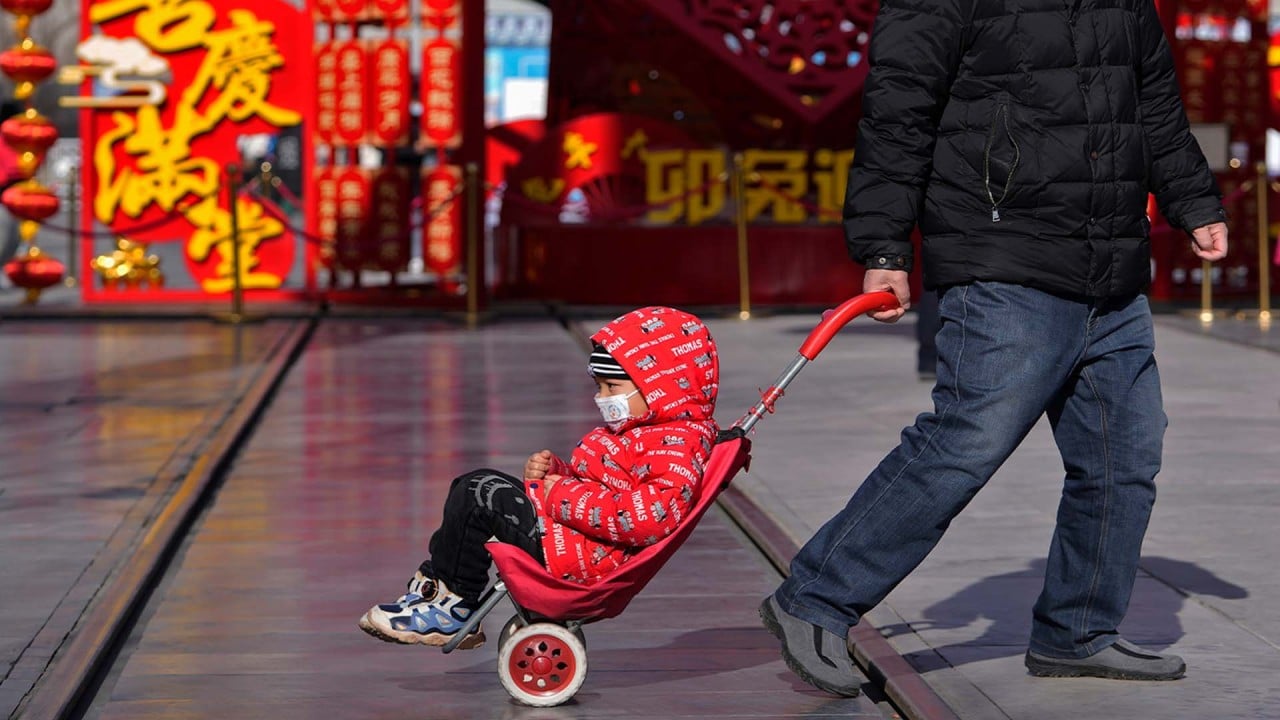For China, a smaller workforce is no problem as long as good jobs are plentiful
- China faces many challenges from trade wars to local government debt and has missed critical windows for reforms, but now is a chance for national rejuvenation
- At the crux of China’s sustained economic rise is the creation of well-paying, secure jobs for its highly educated workforce, and the restoration of business confidence

To say that China’s population decline is irreversible is analytically imprecise. While falling birth rates are difficult to reverse, a population declines only when annual deaths exceed births. Thus, birth rates are only half the equation. Life expectancy in mainland China is lower than in Japan and South Korea, as well as Hong Kong, and this can be improved with better healthcare, particularly in the rural areas.
China’s population decline this year is likely to be steeper than last year’s, driven by Covid-19 deaths. But the population can be stabilised if people live longer, with life expectancy approaching that in Hong Kong.
The economic fortunes of nations are shaped by the proportion and quality of its workforce. China’s working-age population peaked in 2014 and has fallen over the past eight years. But its work force has also become more educated – with a record 10.8 million graduates last year.
China’s population is ageing and this will be exacerbated if improved healthcare helps people to live longer, leaving a smaller base of workers to support a bigger pool of retirees. But a key solution can come from the wealth generated by the state-owned enterprises notionally owned by the people.
Even with a shrinking working-age population, China sustained an annual economic growth of 6-7 per cent from 2015-2019. As youth unemployment grows – it was extraordinarily high in the second half of last year – job creation, particularly high-value jobs for graduates, may be a more critical factor for continued economic growth than the shrinking workforce.
China’s exit from zero-Covid was a necessary condition for job creation, but on its own, insufficient to boost broad-based consumption. Well-paying and secure jobs must come first. Faced with an uncertain future, people tend to save, rather than spend. Consumption is grounded in confidence in the long-term future.
Regulatory easing will provide the impetus for renewed growth. In the longer term, the key growth drivers lie in improving productivity and innovation. But it is unclear if an all-dominant state, as suggested in the 20th Communist Party congress, would provide the best environment for this.
Access to international technologies is critical to productivity growth, but this has been hampered by export controls by the United States and its allies. High inflation in many advanced economies has depressed global demand. China’s growth is further stalled by America’s selective economic decoupling and “friendshoring”.
While facing external pressures from the US “chip war”, China has to tackle multiple internal challenges. Chief among them is the high debt level among its local governments. Many are financially exhausted from enforcing the zero-Covid policy. Some face decimated land revenues from the property slump. Yet they are tasked with financing the completion of stalled housing projects while providing tax incentives to stimulate economic growth.
Beyond the multitude of economic challenges – short- and long-term, external and internal – there are long-standing social problems.
Today’s low birth rates translate into a dwindled workforce a generation later. The reasons for the low birth rates include expensive housing and extracurricular education.
Attempts to clamp down on these sectors before addressing long-term problems have precipitated immediate economic and social problems – aggravating unemployment and triggering mortgage boycotts. It can be an intractable challenge to resolve the complex and intertwined economic and social challenges in China.
China may have missed a few optimal windows to address its complex challenges. In unwinding its one-child policy in 2016, it was perhaps a decade too late. The costs of reversing low births are now much higher and the policy reversal will produce far more limited results.
Although the prospect seems less assured than a few years ago, China still has the opportunity to surpass the US economy by the middle of the next decade. Some analysts, however, now doubt that this will ever happen.
Overtaking the most dynamic immigrant country in history will not be easy, particularly as China’s workforce will have been shrinking for two decades. China’s key edge over the US is that it has four times the population. The expansion of China’s middle class, which represents about half of its population, and the rise in incomes will shape when China’s economy can surpass the US’.
But China’s middle class may have shrunk over the pandemic, and some of its most affluent are running away.
Importantly, as China’s workforce is shrinking, it is also becoming more educated. At the crux of China’s sustained economic rise is the creation of well-paying jobs. Realistically, this should primarily be in the private sector.
China’s national rejuvenation has its best chance now within a limited window. China’s leaders must balance the tension between the multitude of challenges and resolutely forge a path towards sustained growth. Short-term fixes are not enough if long-term issues are left unresolved. The art is in addressing the immediate and structural challenges at the same time.
A key driver behind the success of China’s economic reforms has been the increasing respect for private property rights. But there has been a sense in the past few years that this may be reversed. Such a perception will be hard to shake if regulatory easing is seen as a short-term expediency.
Investors and entrepreneurs will not regain the confidence to invest in China for the long term if they see no regulatory certainty that their property rights are well protected. Restoring business confidence will be at the heart of shaping China’s sustained economic growth.
Winston Mok, a private investor, was previously a private equity investor

